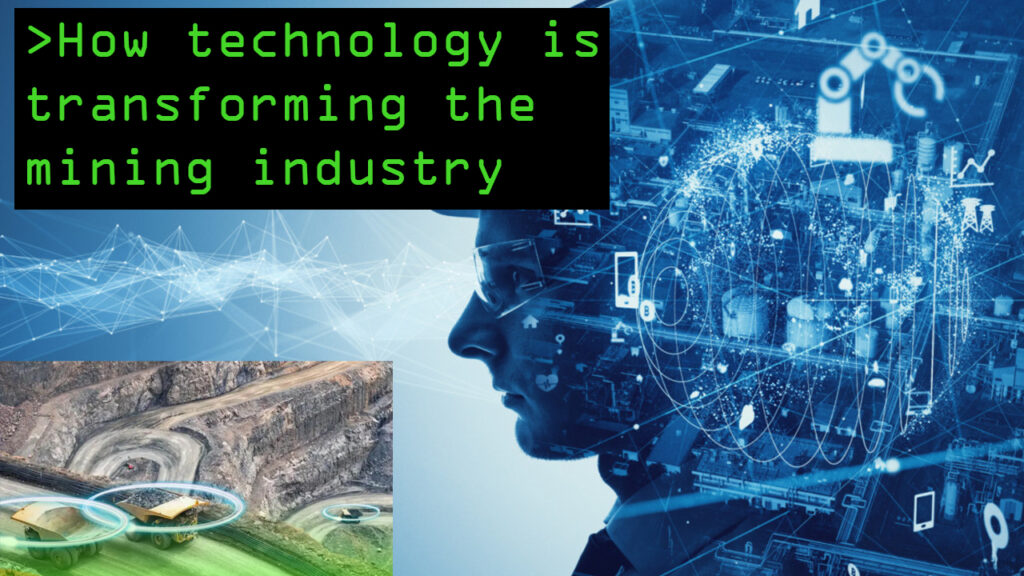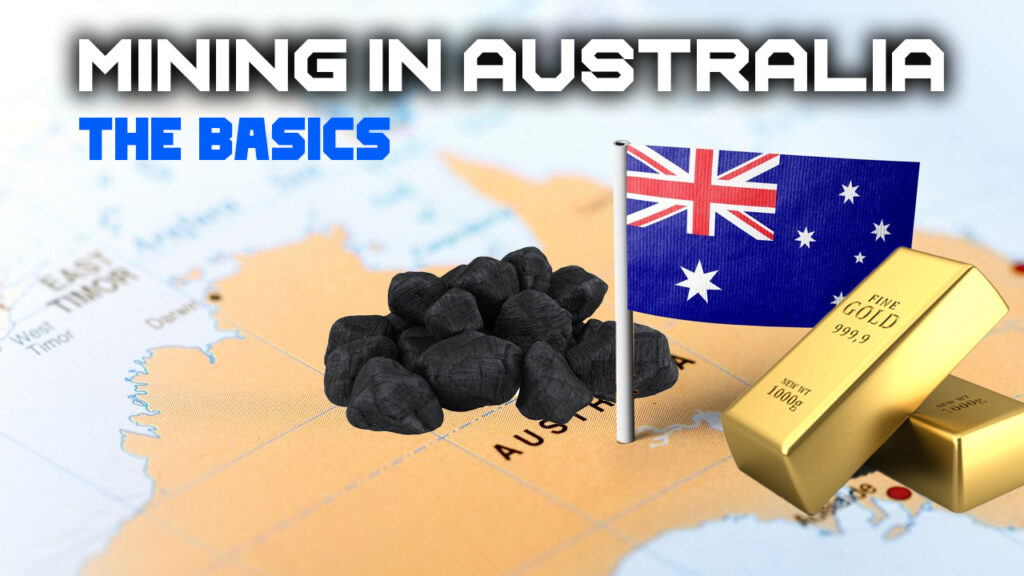Introduction
The journey from identifying a potential mineral deposit to extracting valuable resources involves a series of meticulously planned and executed stages known as the mining cycle. Each stage contributes to the overall success of a mining project, with careful consideration of geological, economic, and environmental factors. In this blog, we will delve into the various stages of the mining cycle, highlighting their significance in transforming a geological possibility into a productive mining operation. It is not often that a company successfully navigates through each of these stages, but should the management team manage such a feat, the return to shareholders who invested early is great.
Stage 1: Exploration
Exploration is the starting point of the mining cycle. A company will stake a new tenement and then begin the first stage. It involves identifying potential mineral deposits through geological surveys, remote sensing, geophysical studies, and drilling. The goal is to gather enough data to determine the presence and characteristics of economically viable mineral resources. Exploration aims to narrow down prospective areas, laying the foundation for further development.
Stage 2: Resource Assessment
Once a potential deposit is identified, a detailed resource assessment is conducted. This stage involves evaluating the size, grade, and distribution of the mineral deposit through advanced drilling, sampling, and data analysis. Resource assessment helps determine the project’s economic viability and guides decisions regarding project development. Companies release this data to the market as drilling results are collected. It is here that a junior mining company begins the journey toward boom or bust. Early success when drilling often dictates the success of raising further money to fund further drilling or pre-feasibility studies.
A company that does not have a successful drilling campaign will cycle through stage 1 and stage 2 repeatedly. They will secure a new tenement, drill the ground for the expected resource, and if low grades and/or high depths are discovered, management will once again look to secure a new tenement and repeat the process.
Stage 3: Pre-Feasibility and Feasibility Studies
During the pre-feasibility and feasibility stages, a comprehensive evaluation of the project’s technical, economic, and environmental aspects takes place. Detailed engineering studies, financial modeling, and risk assessments are conducted to determine the project’s feasibility. The feasibility study includes a detailed mine plan, processing methods, infrastructure requirements, and cost estimates.
It is here that an overall resource size is defined, as well as the expected cost to mine the area. The market will likely look favourably on low cost to production mines, while those with higher-than-expected costs will receive a negative reaction. It is around this stage that a company must find significant capital backing to fund the next stages of the mining cycle.
Stage 4: Permitting and Environmental Approvals
Before mining activities can commence, the necessary permits and environmental approvals must be obtained from regulatory authorities. This stage involves addressing environmental and social impact assessments, community engagement, and compliance with local regulations. Securing permits is crucial to ensuring responsible and sustainable mining operations.
Stage 5: Development
The development stage in the mining cycle is where the blueprint for extracting valuable minerals becomes a tangible reality. During this phase, critical infrastructure is established to facilitate efficient and safe mining operations. This involves constructing access roads, ventilation systems, and mine shafts to provide entry points to the ore body. Processing facilities, including crushers, mills, and refining units, are set up to extract and prepare the minerals for market. Transportation systems are built to move mined materials from the site to processing facilities and distribution points.
Safety measures are a top priority during development, with comprehensive protocols, emergency response plans, and worker training implemented to ensure the well-being of the workforce. Environmental considerations play a significant role, with erosion control, dust suppression, and waste management plans put in place to minimize the project’s ecological impact. Collaboration between engineering teams, environmental experts, and regulatory authorities is crucial to ensure compliance with regulations and address potential challenges. The development stage sets the foundation for the subsequent mining operations, incorporating advanced technologies for efficiency and sustainability while adhering to budget and timeline constraints.
Stage 6: Mining Operations
With the infrastructure in place, mining operations begin. This stage involves extracting and processing the mineral resources according to the mine plan. Various techniques, such as open-pit or underground mining, are employed based on geological conditions and project requirements. Efficient and safe operations are essential to maximizing resource recovery.
Stage 7: Processing and Refining
Mined materials undergo processing and refining to extract the desired minerals and remove impurities. This stage involves crushing, grinding, flotation, smelting, and other processes to produce a marketable product. Proper processing ensures that the extracted minerals meet quality and purity standards.
Stage 8: Reclamation and Closure
As mining activities near completion, reclamation and closure efforts begin. Reclamation involves restoring the mined area to its original or improved state, addressing environmental impacts, and ensuring long-term sustainability. Proper closure includes the safe sealing of mine openings and the implementation of post-mining land uses.
Conclusion
The mining cycle represents a comprehensive journey from exploration to production, encompassing various stages that collectively shape the success of a mining project. Each stage requires careful planning, technical expertise, and responsible environmental stewardship. By navigating through exploration, resource assessment, feasibility studies, permitting, development, operations, processing, and reclamation, mining companies can transform geological potential into productive, sustainable, and valuable mining operations. Understanding and efficiently managing each stage is essential for creating a balance between economic prosperity, environmental preservation, and societal well-being.




